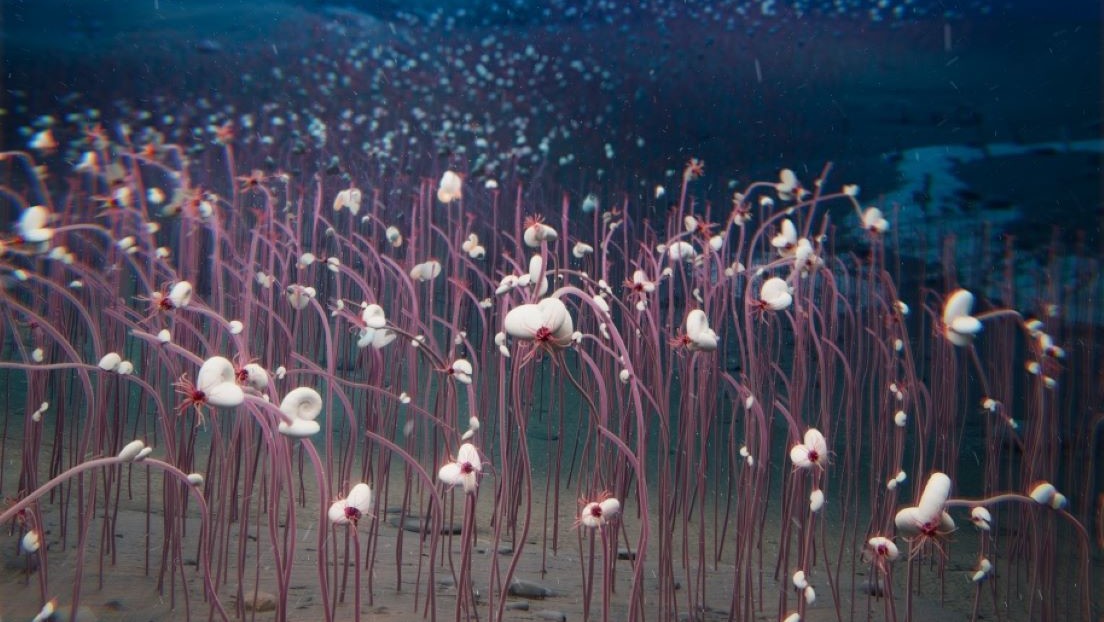
A team led by Chinese scientists has discovered vibrant marine communities in the depths of the ocean that live completely untouched by sunlight. Nearly 10,000 meters below the sea, these creatures get their energy not from the sun, but from chemical reactions occurring in the geological fluids of the seabed.
In the study, published this week in the journal Nature, the researchers documented the deepest chemosynthetic communities ever recorded. Instead of photosynthesizing, these organisms -primarily tubeworms and bivalve mollusks- survive by extracting energy from compounds such as methane and hydrogen sulfide released from the seafloor.
To conduct their research, the team used the Chinese manned submersible Fendouzhe, which descended to 9,533 meters. During the expedition, they explored a vast 2,500-kilometer stretch of the bottom of the Kuril-Kamchatka and Aleutian Trenches, regions barely studied until now.
Geochemical analyses revealed that the methane present is produced by microorganisms living deep in the sediments, suggesting the existence of an active, previously unknown subterranean biosphere.
This discovery directly challenges the traditional view that life in the deepest parts of the ocean depends exclusively on organic debris falling from the surface. Instead, the communities found demonstrate that life can thrive in complete darkness, thanks to chemical processes independent of solar activity.
Beyond their biological importance, the researchers point out that these chemosynthetic organisms could have a considerable impact on the global carbon cycle. Their activity transforms inorganic compounds into living matter, raising new questions about the planet's climatic balance and the true extent of life in extreme environments. (Text and photo: RT)